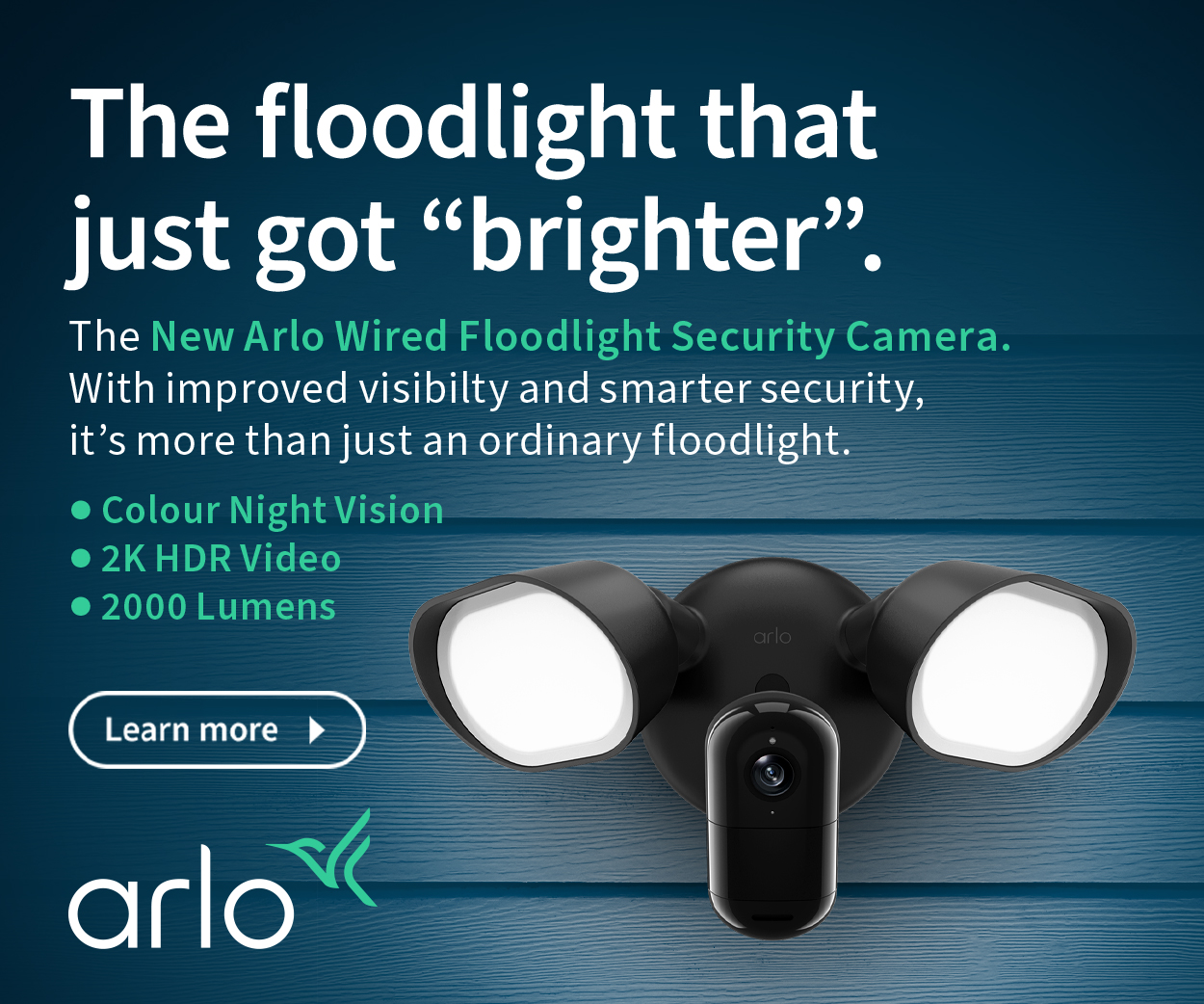D-Link Eagle Pro AI AX1500 Mesh system M15, E15 and R15 (DLink network review)
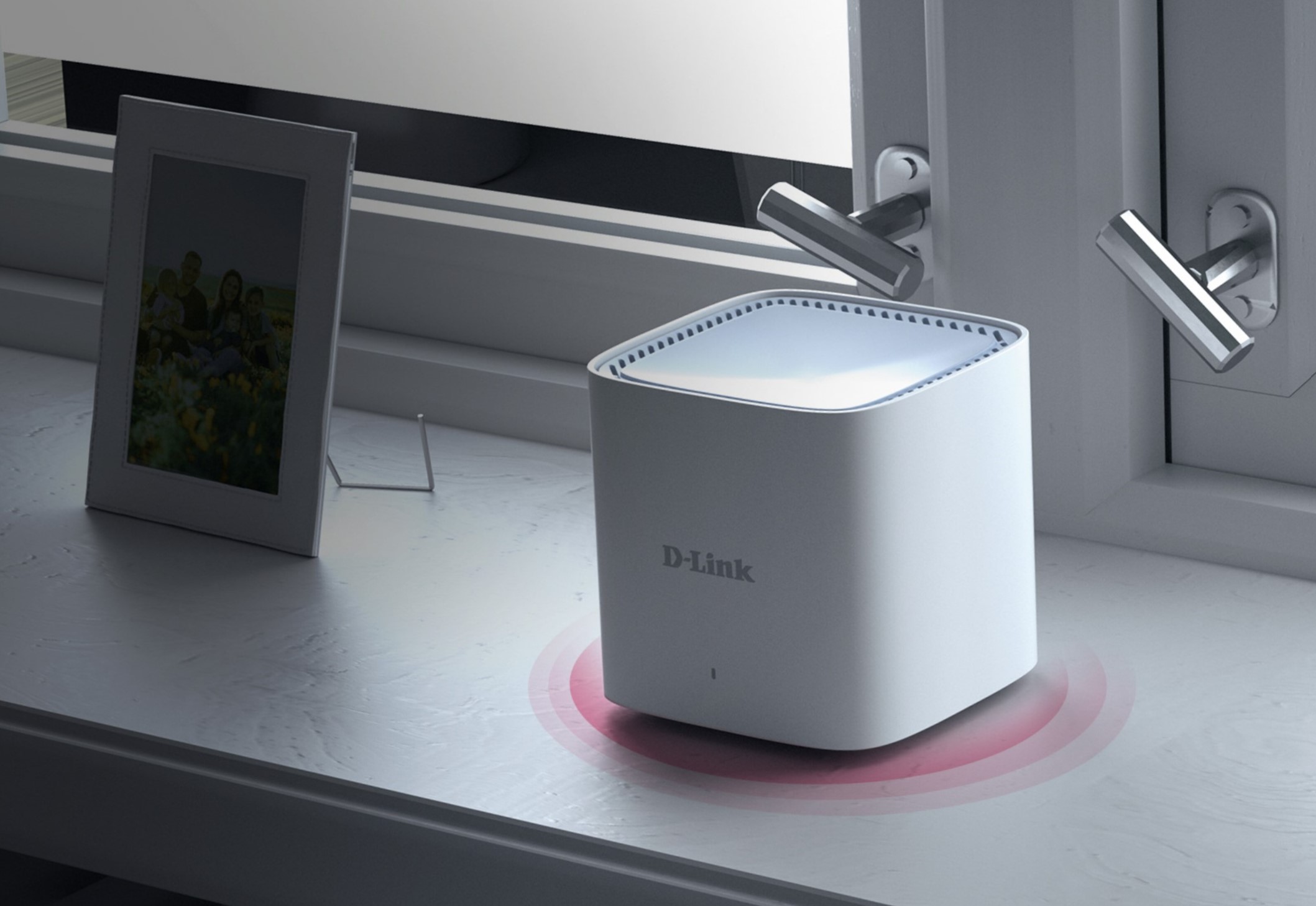
The D-Link Eagle Pro AI AX1500 mesh system (M15-3PK) is its latest weapon to provide whole-of-home Wi-Fi 6 coverage. It is low cost and available in a two-pack that covers in theory (370m2) and three-pack (500m2). We will get to the theory later.
The secret sauce here is the new Eagle Pro AI software that continually optimises the network to avoid clashing with other Wi-Fi networks (clean network). AI Traffic prioritises heavy users and faster hand-off from each Satellite to the next. The clean network works well with a Wi-Fi analyser showing that it sought out low-use-or-unused bands.
You can extend the network by adding more M15 Mesh satellites (the Router and Satellite are the same). Or mix and match with the new E15 AX1500 Mesh range extender $179.95 (plug-in 240V, dual antenna and one LAN port) or the new R15 Router $199.95 (Traditional router design, four antennae, three LAN ports. We did not test these, but as they all use the same processor, performance should be the same.
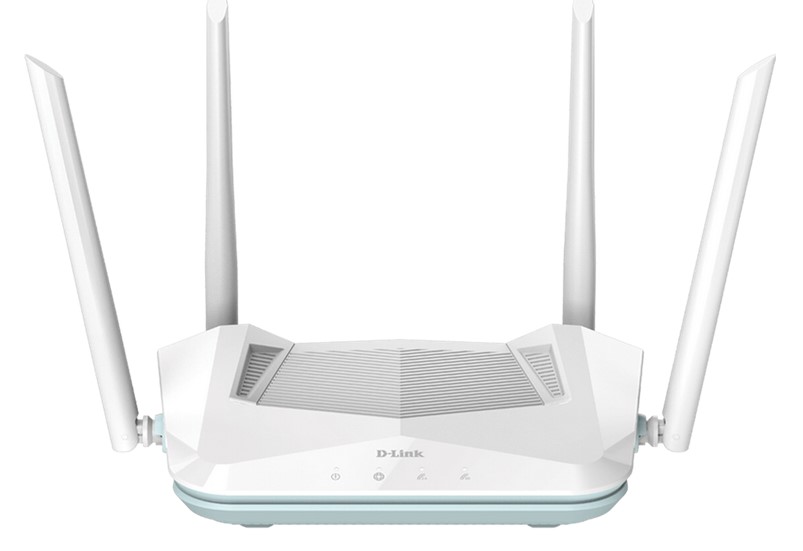
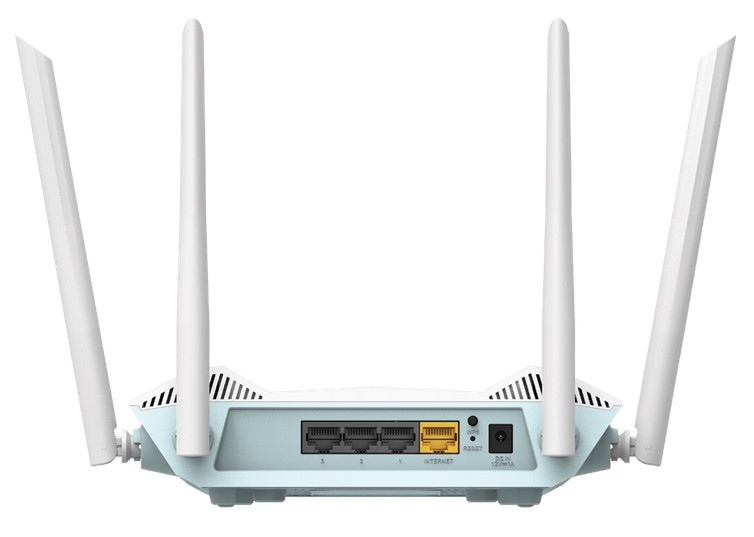
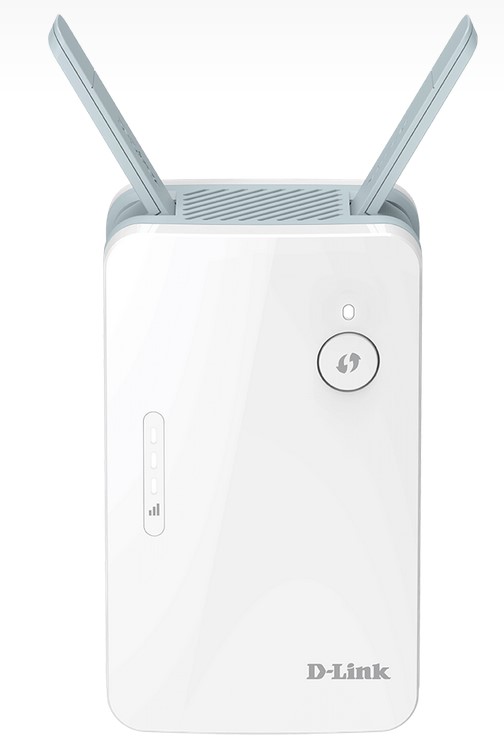

Before you get into the deep-dive review, remember a few salient Wi-Fi points
- Wi-Fi 5 AC 5Ghz 866Mbps, Wi-Fi 4 N 5Ghz 433Mbps and all 2.4Ghz 256Mbs bandwidth is half-duplex effectively halving this for send and receive links. It can only communicate one way at a time – like a push-to-talk walkie talkie.
- Wi-Fi 6 5Ghz VHT80 1200Mbps is almost full-duplex. it is about the same speed both ways – like a phone conversation.
- Ethernet cable provides 1000/1000Mbps full-duplex connection to the Router, but when it connects to a Satellite, it is subject to the maximum link speed between them.
- The maximum distance of the 2.4Ghz and 5Ghz band is a circle of about 30m and 20m diameter
The D-Link M15 has
- Bandwidth of 2.4Ghz 300Mbps half-duplex, 5Ghz 433/866 Mbps half-duplex and 1200Mbps full-duplex for Wi-Fi 6 clients and communication between the Router and Satellites.
- Connect speed is the wrong measurement to use – it is all about the throughput you can get.
Before Wi-Fi 6 AX, we would not have reviewed a dual-band mesh Router. But given the advances with OFDMA and beamforming, it is now possible to get passable performance. But remember, you get what you pay for – AX1500 is at the lower end of the AX speed scale, reaching up to AX11000 tri-band.
D-Link Eagle Pro AI AX1500 Mesh system M15-3PK
| Website | Product page and PDF Manual |
| Price | 2-pack $279.95 and 3-pack $379.95 |
| From | D-Link online, Harvey Norman, JB Hi-Fi, Good Guys, Officeworks and reputable IT retailers |
| Warranty | 1-year ACL |
| Country of Origin | Taiwan |
| Company | D-Link, est. 1986 is a Taiwanese multinational networking company headquartered in Taipei, Taiwan. You can trust D-Link and your privacy. |
| More | Cybershack D-Link news and reviews |
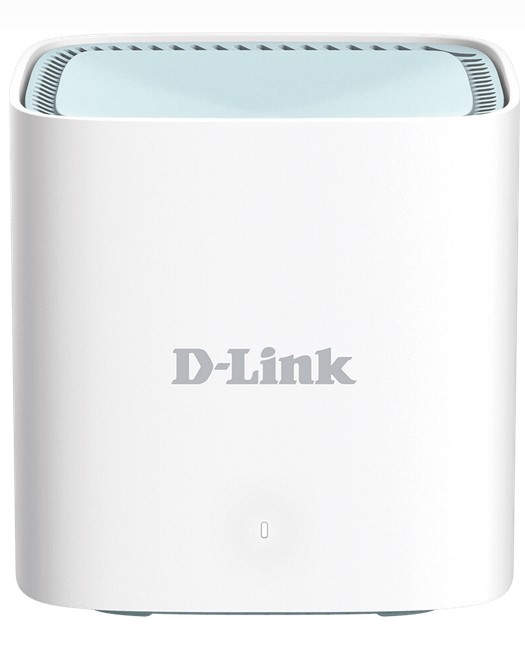
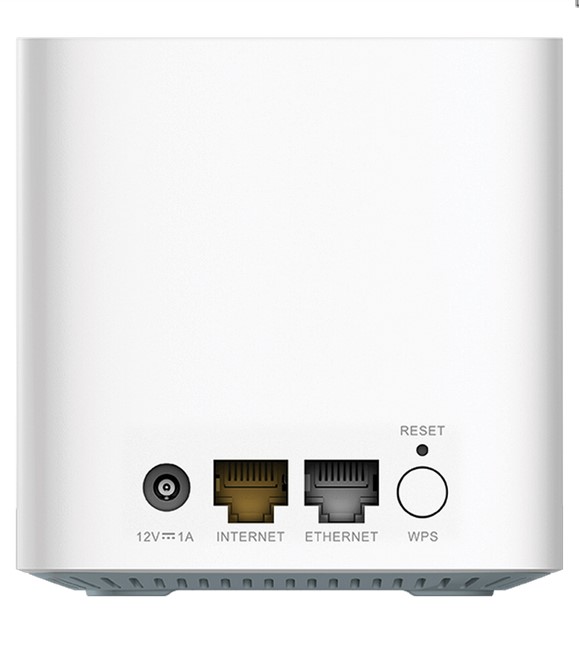
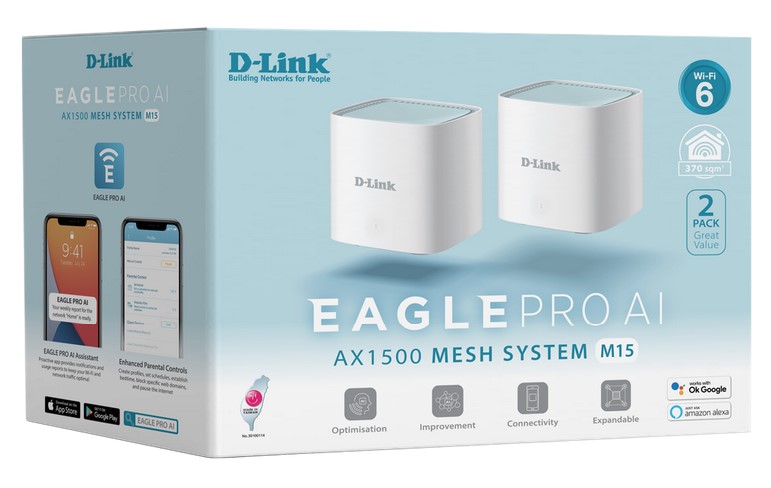
First impression – small white boxes
These are 92mm square x 93mm high x 200g plus a 12V/1A wall charger. Easy to conceal on bookshelves or desktops as long as you have 240V power nearby because the charger cable is only about 1m.
Yet the size belies the feature set of both the Eagle Pro AI interface (App from Google Play or iOS) and the advanced features in the good old reliable D-Link Router web interface. Nerds will appreciate that this has most of the usual D-Link Router features – IP4/6, VLAN, Guest network, Mesh/Bridge, WP3, LAN IP, Remote Cloud, Parental Control, QoS, Firewall, Port Forwarding, Static Routes, Dynamic DNS, VPN, Logs, stats and more.
Setup – use the App or not
Non-nerds will just use the Eagle Pro App to set it up. This requires creating an Eagle Pro account (you can turn off promotional emails if you wish). Scan the QR code and follow the instructions.
This test unit had a very early version of the firmware, and we had some issues with the App. It has since been fixed with version 1.03.04, so you can manually install it as below if you have problems.
- Power the first M15 (marked 1). After it boots, the LED flashes orange, and you connect it to the internet gateway via Ethernet cable (WAN). The LED goes solid white, meaning it is transmitting and has an internet connection.
- Power the Satellites, and when the orange LED is flashing, press the WPS button and it and on the Router. They join the Mesh when the LED is solid white. That is all.
- Log into the Mesh using its unique SSID and device password (on the sticker)
- If you wish, you can go to 192.168.0.1 and use the web interface where you can fine-tune things – set a new LAN IP address (a gateway often uses 192.168.0.1), set Bridge or Extender mode (Gateway or M15 delivers IP address), change SSID/password and change Admin password and much more.
Tech stuff – D-Link Eagle Pro AI AX1500 Mesh system M15-3PK
- Dual Band 2.4Ghz 300Mbps and 5Ghz N/AC/AX 433/866/1200Mbps
- Realtek RTL8198D 1GHZ ARM Wi-Fi AX with Easy Mesh support
- Four antennae (two for 2.4Ghz and two for 5Ghz)
- Maximum power output 2.4Ghz 100mW and 5Ghz (approx. 1050mW spread over VHT 20/40/80)
- One WAN and one LAN gigabit ethernet port. Ethernet Backhaul supports Mesh and the same SSID.
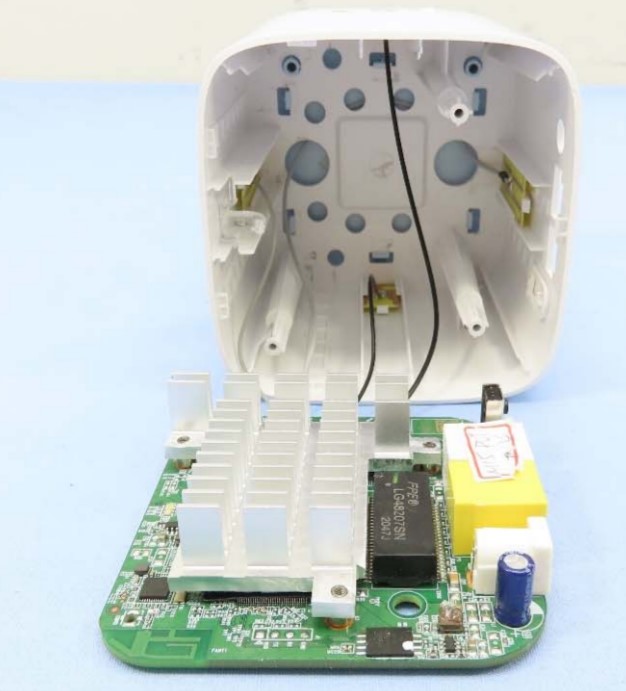
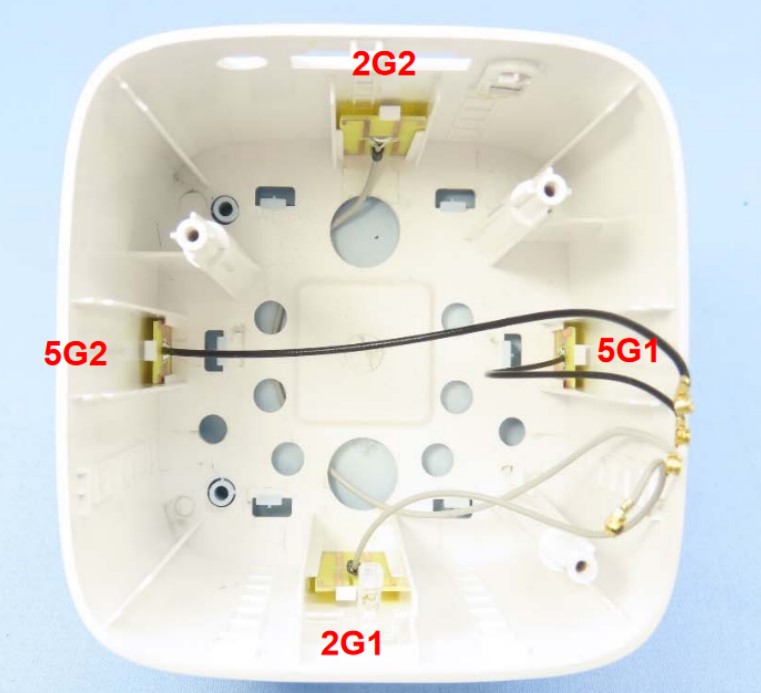
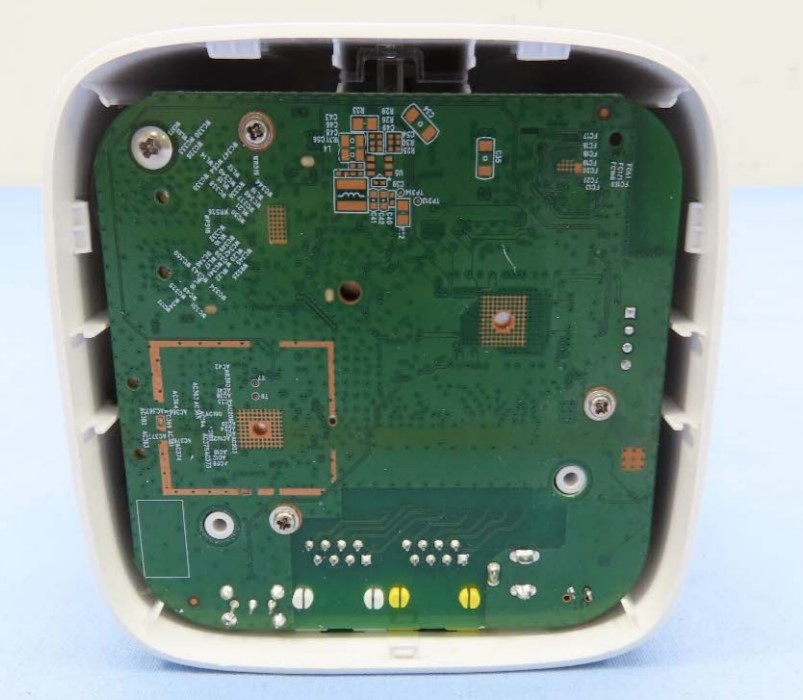
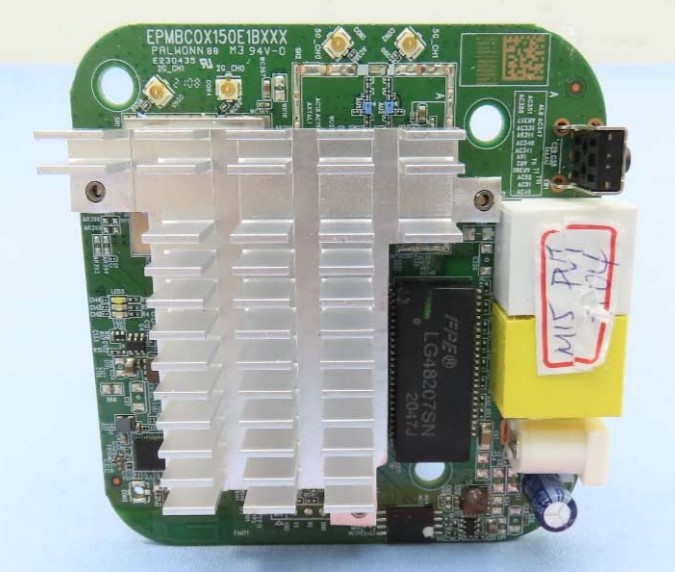
Tests
We set up the Router and two Satellites (3-pack). The Router was approx. ten metres from each Satellite. Satellite A was line-of-sight, and Satellite B was through three plasterboard walls and one set of full-height cupboards.
Both Satellites registered a ‘good’ signal which means they are at the extent of their Router communication distance.
We moved a Satellite to 5/15 metres line-of-sight. The signal was Excellent/Poor – the latter was useless.
Mesh also means that Satellites can communicate to the Router via another Satellite, meaning you can daisy chain placing on at 5m and one at 10m. We tested that too.
Signal strength is measured in -dBm (lower is better), and anything over -55dBm will lead to dropouts and missed packets. Internet speed is 100/20Mbps (Download/Upload) at the Router
Router only (no Satellites)
| Router | At 10m line-of-sight | At 10m obstructed | |
| Signal strength and link Speed | -20dBm 1200Mbps | -55dBm 1200Mbps | -75dBm 1200Mbps |
| SpeedTest | 25ms 88.3/18.9Mbps | 56ms 15.7/15.9Mbps | 65ms 12/15.9Mbps |
Star pattern Satellite>Router<Satellite
| Router | Satellite A 10m line-of-sight | Satellite B 10m obstructed | |
| Signal strength and link Speed | Same as above | -34dBm 1200Mbps | -37dBm 1200Mbps |
| SpeedTest | Same as above | 55ms 26.3/16.3Mbps | 61ms 24/15.9Mbps |
Daisy chain – Router>Satellite A 5M> Satellite B 10M
| Router | Satellite A 5m line-of-sight | Satellite B a further 5m Line-of-sight to Satellite A | |
| Signal strength and link Speed | Same as above | -29dBm 1200Mbps | -35dBm 1200Mbps |
| Speed Test | Same as above | 42ms 68.4/15.9Mbps | 55ms 34.3/15.9Mbps |
What does all this mean to you?
First, Ignore the 1200Mbps – this is the link speed (VHT80) between the Wi-Fi 6 client (OPPO Find X3 Pro) and the Router and Satellite.
Second, what is more, important is the speed of the internet. The Router should achieve 100% of the 100/20Mbps Ethernet connected to the gateway (and it is pretty close).
Star Pattern – the Satellites at 10m achieve about 25% of the download speed. Move them a couple of meters further away, and they become useless.
Daisy chain – Satellite A 5M (Excellent signal strength) loses about 30% of its throughput, and Satellite B (Good signal strength) loses another 30% of A’s speed. We assume that if you placed Satellite C another 5 metres from B, it would also lose 30% of B’s speed.
The Upload speed is fairly consistent – still, 20% down – but reflects the higher upload link speed between the Satellites and the Router.
Wired backhaul – yes, but you lose mesh mode and need a different SSID
You can use Ethernet wired backhaul for 1000/1000Mbs full-duplex, but the Satellites become Extenders, requiring a separate SSID and login.
It has two Ethernet ports – one for WAN (internet or wired backhaul) and one for gigabit LAN.
Hand-off from one Satellite to another
Hand-off (when you walk from one room to another with a Satellite) can take 15-20 seconds to connect to the nearest Satellite.
Voice Assistants
It works with Google Assistant and Alexa. As with all routers, the voice commands are limited
- Check Wi-Fi status
- Update Router firmware (but the App does this automatically)
- Reboot Router
- Guest network enable/SSID/password
IoT support
Given that there is only 300Mbps on the 2.4Ghz network, we would not recommend this for more than 20 devices, particularly if some are security cameras.
Power use
The units draw .5A – so little AC power that we were unable to measure, so it is economical to run
CyberShack – D-Link Eagle Pro AI AX1500 Mesh system M15-3PK has its place – a small place
The M15 Router by itself effectively covers about 300m2 (20m diameter circle) on the 5Ghz band.
Given that each Satellite needs to be well within that 20m circle and can also cover 300m2, it is fair to say that the 2-pack can provide a Wi-Fi AX signal to 450m2 and a 3-pack to 600m2. D-Link quotes less, and that is because of the necessary signal overlap and that few Routers or Satellites are correctly placed dead centre of the Wi-Fi action or line-of-sight of each other.
Think of it this way.
If you had a single-level rectangular house 20m wide x 30m long (600m2), the three-pack placed 5m apart would cover it. You can stretch to 10m line-of-sight, but you drop throughput.
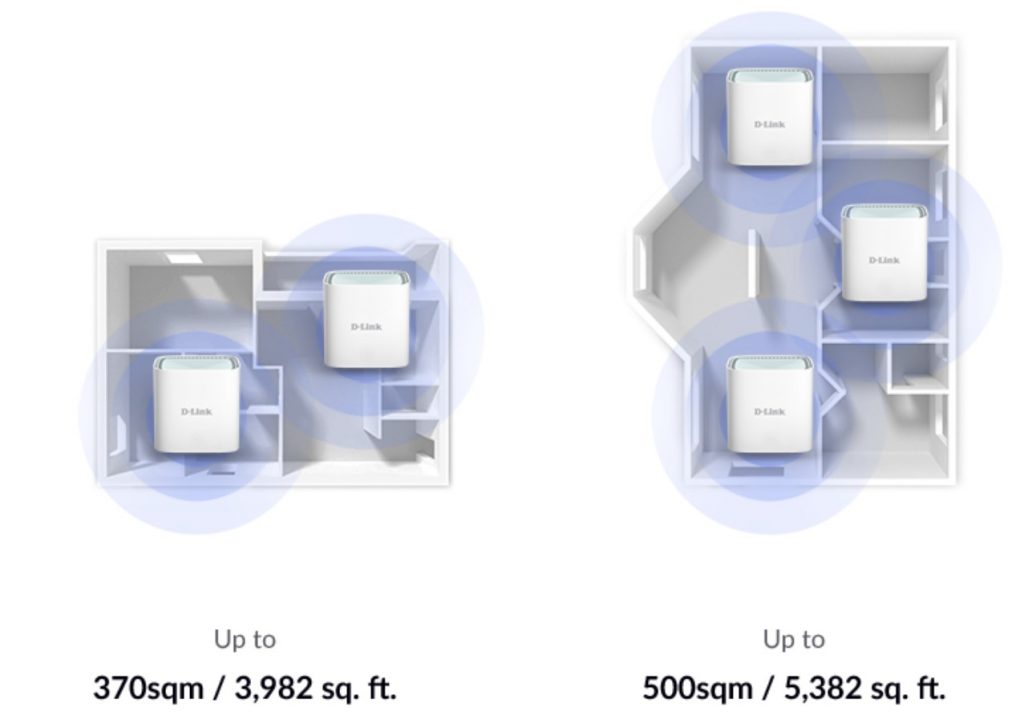
But we often don’t have such a wide home (most are around 10m x 20m 300m2) and pesky walls, floors, and doors and often place a router against an external wall that loses half its Wi-Fi coverage.
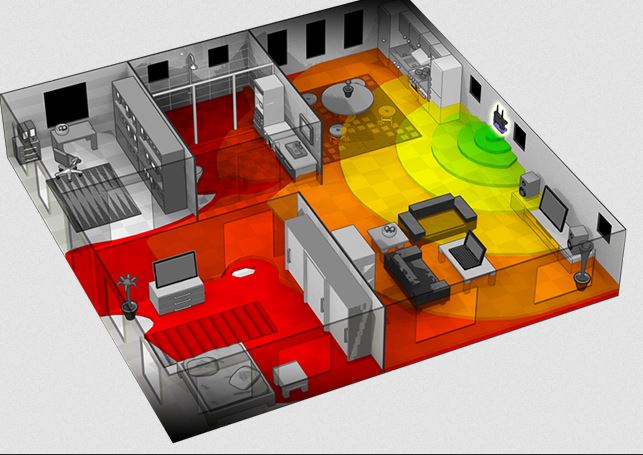
I did not test the R15 Router and E15 extender, but these all work on the same tech and could be useful to fill in some black spots. Read our guide Fix Wi-Fi blackspots fast and often at no cost.
Our recommendation is for smaller single-level homes and apartments where you can place these 5-7m apart.
If you have a larger home and more devices, you will need to go to larger AX5400 to AX11000, 6/8/12 stream routers and mesh extenders.
D-Link Eagle Pro AI AX1500 Mesh system M15 (2 or 3 Pack)
M15 2-pack $279.95 and 3-pack $379.95Pros
- ExtendableSmall home/apartment Wi-Fi 6 Mesh coverage
- Low cost
- Setup via the App or web interface
- All the usual D-Link router features
- Wi-Fi 6 speeds and advantages like OFDMA etc., are only for Wi-Fi 6 devices
Cons
- Only transmits a single merged SSID which can affect IoT devices
- Only 300Mbps 2.4Ghz and 1200Mbps 5Ghz to share between all connected devices
- The range is really 5-7m line-of-sight from the Router
- Only one Ethernet LAN port
Brought to you by CyberShack.com.au


